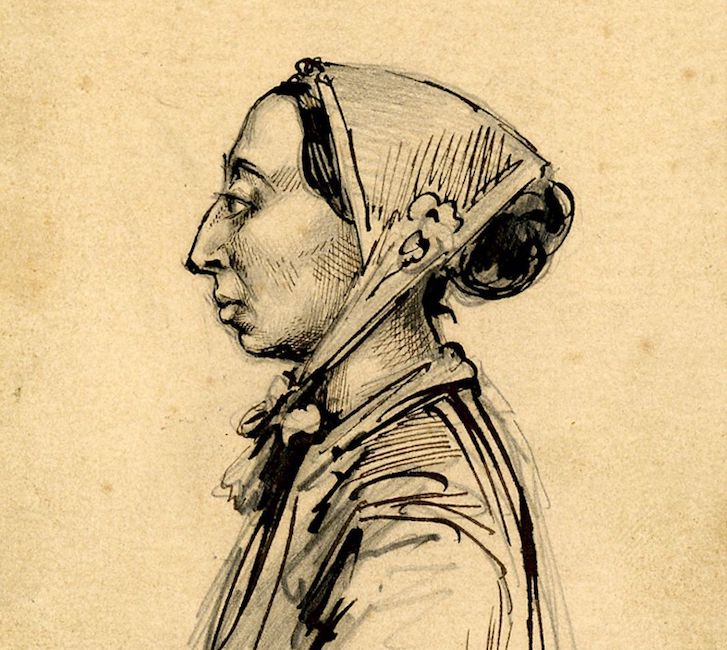It wasn’t until June 1868, when 24-year-old Marie-Catherine Fritzgès fell ill at the Pension Desarzens in Geneva, that the authorities acted. It was much too late.
Fritzgès had been befriended by a fellow guest, Marie Jeanneret, a nurse, herself only 32. Jeanneret poisoned her with atropine, a derivative of belladonna, deadly in large doses. Fritzgès was lucky. She lived. Others – at least six over the previous nine months – had died. There were probably more: not everyone wanted their loved ones exhumed to find out. Jeanneret likely tried to kill around thirty. The youngest victim was 11-year-old Jenny-Julie Juvet: Jeanneret had given her bonbons; she called them ‘princesses’. The oldest was 72-year-old Louise-Marie Lenoir. Jeanneret had nothing to gain from their deaths. So why did she kill?
Jeanneret was born at Locle, in the Swiss canton of Neuchâtel, on 13 January 1836. Orphaned at a young age she was raised by her uncle. Her parents left her enough money to support herself; enough, certainly, to allow her to offer her nursing services in return just for board and lodging.
She developed an obsession with her own health, and self-medicated with atropine herself for three years for a range of symptoms which doctors, whom she pestered, thought largely imaginary. One doctor noted her preference for treatments over remedies – especially if they brought her pain; she demanded that he burn her back with a red-hot iron, and she had welts along her spine to prove she had got her wish before. Still, they judged her sane enough. She certainly didn’t want for composure.
Jeanneret developed a low opinion of the medical profession and a high one of herself. “The doctor says that [they] will get better,” she said of one of her victims. “Well I tell you she will not… You will soon see who is right. These doctors are fools.” She usually gave atropine and morphine together, each masking the effects of the other, making diagnosis harder.
At her trial, she said she had administered her medicines in the belief they would make the patients better. “But when you saw the results of your treatments, why did you continue to give them?” the judge asked. There wasn’t a good answer to that. But she loved her patients, she said.
She was sentenced to 20 years in prison, where she reportedly hoped to fall seriously ill so she could see how her face looked, contorted with pain, in a mirror. The London Daily News found her there, contentedly making lace. “It was clear that she liked to… think that she was a sort of celebrity, and had made some sort of noise in the world,” the paper’s correspondent wrote. She freely admitted the killings. Those were not crimes, she said. Just mistakes.
The jury’s unwillingness to confer the death penalty on her led the authorities in Geneva to withdraw capital punishment all together. In a way, Jeanneret saved lives too.
This is an extended version of a piece that first appeared in the January 2024 issue of History Today.
Like this? You can read more of Mathew’s History Today Months Past pieces here.

Leave a comment